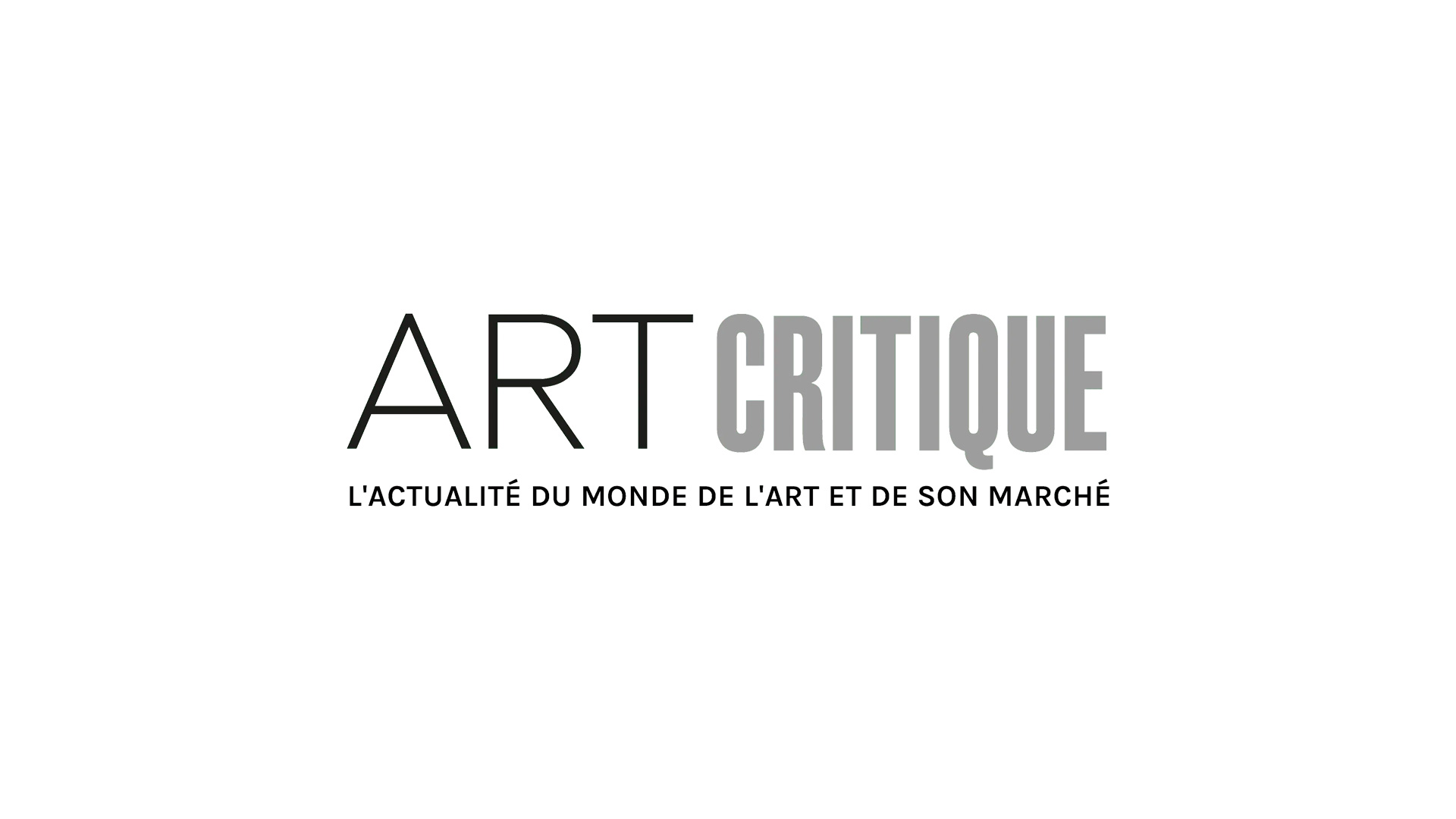“For me, a sculpture is like a road … My pieces require the viewer to walk along them, around them or over them.”
Carl André, born in 1935 in Massachusetts, is an American minimalist painter and sculptor. When he turned 16 years old, he studied painting at the Phillips Academy in Andover, a school located near Boston. There he met future filmmaker Hollis Frampton with whom he became friends. After quickly completing studies at Kenyon College in Gambier, Ohio, he worked for an industrial corporation. In 1954, having saved enough money, he travelled to Europe where his English uncle took him to see the site of the Stonehenge megaliths which deeply affected him. During this trip he also discovered the work of Romanian sculptor Brancusi, of whom he called himself a disciple. When he returned home, he completed his military service in North Carolina in the field of intelligence. The following year, he moved to New York to work for a publishing company and shared a studio with painter Frank Stella who was working on his series of “Black Paintings”. However, Andre quickly gave up painting to get focus on sculpting.

Initially André made modular pieces using wood much like those by Brancusi before he simplified his process in order to create a series of blocks of untreated wood. From 1959 to 1964, he was employed as a mechanic and conductor for the Pennsylvania railroad company in New Jersey. The horizontalness of railroad architecture seemed to inspire him and consequently in 1965, his first solo exhibition in New York was a collection of horizontal beams. The next year he took part in the Primary Structures exhibition at the Jewish Museum in New York. During this event which united many players in the minimalist movement like Dan Flavin, Donald Judd and Sol LeWitt, he experimented with repetition of a single unit by showing an arrangement made of 100 bricks. Subsequently, Andre continued to make the most horizontal sculptures possible by juxtaposing square plaques of different sizes and materials. With these pieces, he questioned the vertical nature of sculpture and its dominant position within the medium. By displaying works that the spectator was invited to walk on, André made sculpture more accessible and challenged its original association with statues depicting great men and transformed sculpture into part of the space itself. These pieces, when straight, traced a path on the ground while those made in other shapes divided and reconfigured it. In this case sculpture does not represent an object that is distinct from the site where it is displayed but rather an integral part of the space. Each modular unit of his horizontal sculptures was identical and developed according to potentially endless logical sequences. “I’m only putting Brancusi’s endless column on the floor instead of raising it up to the sky”, he stated.

He produced increasingly larger works like the one called Equivalent VIII, acquired in 1972 by the Tate Gallery in London, which consisted of a rectangular arrangement of 120 bricks. He also began to produce more and more exterior pieces, like his Stone Field Sculpture installation composed of 36 rocks arranged on the lawn at the corner of Main and Gold Street in Connecticut. These works demonstrated André’s determination to emphasize a piece’s artistic qualities regardless of whether he used tactile or chromatic elements. As opposed to other minimalists, André rarely ever combined his materials and never treated them. The materials he used in his work were never sanded, limed, nor varnished; they were used raw and the esthetic quality of his pieces came solely from their arrangement. In 1970, the Guggenheim Museum in New York dedicated a solo exhibition to him and subsequently his work has regularly been available to be seen by the public in group shows as well as solo exhibitions in museums or galleries in both the United States and Europe.
If André’s approach has acquired a kind of notoriety it is simply because it challenges the fundamental aspects of sculpture. His pieces, which were barely visible and often laid out in such a way that the spectator walked or sat on them, not only transformed the relationship between the work and the spectator but also its connection with the space. André’s practice was also noteworthy in terms of its radicalism: by arranging industrial materials (wood floors, bricks, blocks of concrete, metal plates) without combining them, he distinguished himself from other significant minimalists but, by using them raw, he went even further in repudiating the artist’s expertise.






